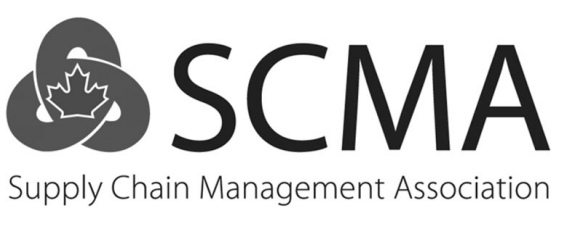
Supply Chain Management Association (SCMA) Institutes and the National Association change to Supply Chain Canada, to better align with the new strategic framework and objectives towards advancing the supply chain profession.



FROM FOREIGN BEGINNINGS TO NATIONAL INFLUENCE

Supply Chain Management Association (SCMA) Institutes and the National Association change to Supply Chain Canada, to better align with the new strategic framework and objectives towards advancing the supply chain profession.

SCMA Partners – the National Associations and ten (10) Provincial and Territorial Institutes – sign the unified Federal Agreement.
PMAC and SCL members approve amalgamation at respective AGMs. They officially become the Supply Chain Management Association (SCMA).
A new professional designation, the SCMP (Supply Chain Management Professional, is announced to replace the C.P.P. The new designation represents strategic, global and integrated thinking. All C.P.P.s in good standing will receive the SCMP.
The Strategic Supply Chain Management Leadership Program (SSCMLP) launches as the path to professional accreditation. The competency-based program delivers both advanced supply chain management knowledge and high-level business skills.
To recognize the broader scope and growing influence of the profession, PMAC redefines the field of practice from purchasing to comprehensive strategic supply chain management.

To increase the Association’s brand recognition, clarify identity and establish a professional modern image that more clearly reflected SCL’s membership profile, the name changed to Supply Chain & Logistics Association Canada. The acronym is unchanged.

The Canadian Purchasing Research Fund evolves into the Canadian Purchasing Research Foundation; a charity organization.
PMAC moves from the oral Board of Examiners to a National Uniform Written Exam.
The National association and the provincial Institutes sign formal Affiliation Agreements.

With continuous improvements in technique and technology, the practice of logistics evolved into supply chain management and CALM became known as the Canadian Association of Supply Chain and Logistics Management (SCL).

CAPDM’s name changed to Canadian Association of Logistics Management (CALM) to reflect the practice of logistics which integrated functional physical distribution processes and led to greater efficiencies.
The association embarks on a province-by-province process to provincially certify the professional designation of C.P.P. (Certified Professional Purchaser).
At the PMAC Annual General Meeting, a Code of Ethics is presented and approved. All members are bound to it.

PMAC becomes one of the founders of the International Federation of Purchasing and Materials Management (IFPMM), an international federation of procurement bodies now known as IFPSM.
C.A.P.A. name changed to the Purchasing Management Association of Canada (PMAC), recognizing that the practitioner is now identified as a professional purchasing manager.
Inaugural running of the In-Residence Week at the University of Western Ontario.

The Canadian Association of Physical Distribution Management (CAPDM), formed to improve functional processes of transportation, warehousing and inventory management.

The first Board of Examiners (oral examiners) confers eight Professional Purchaser (P.P.) designations.
Formal independence from American N.A.P.A. occurs with the proclamation of the independent Canadian Association of Purchasing Agents (C.A.P.A.).
First Fellowship Award presented to Mr. John Eaton of the Montreal District.

The C.A.P.A. develops its own Constitution and bylaws; granted its Letters Patent under the Province of Ontario Corporations Act.

The N.A.P.A. chapters form the Council of Canadian Purchasing Agents Association (C.A.P.A.); a Canadian affiliate.
The National Association of Purchasing Agents (N.A.P.A.) forms their first Canadian chapter in Montreal, QC.